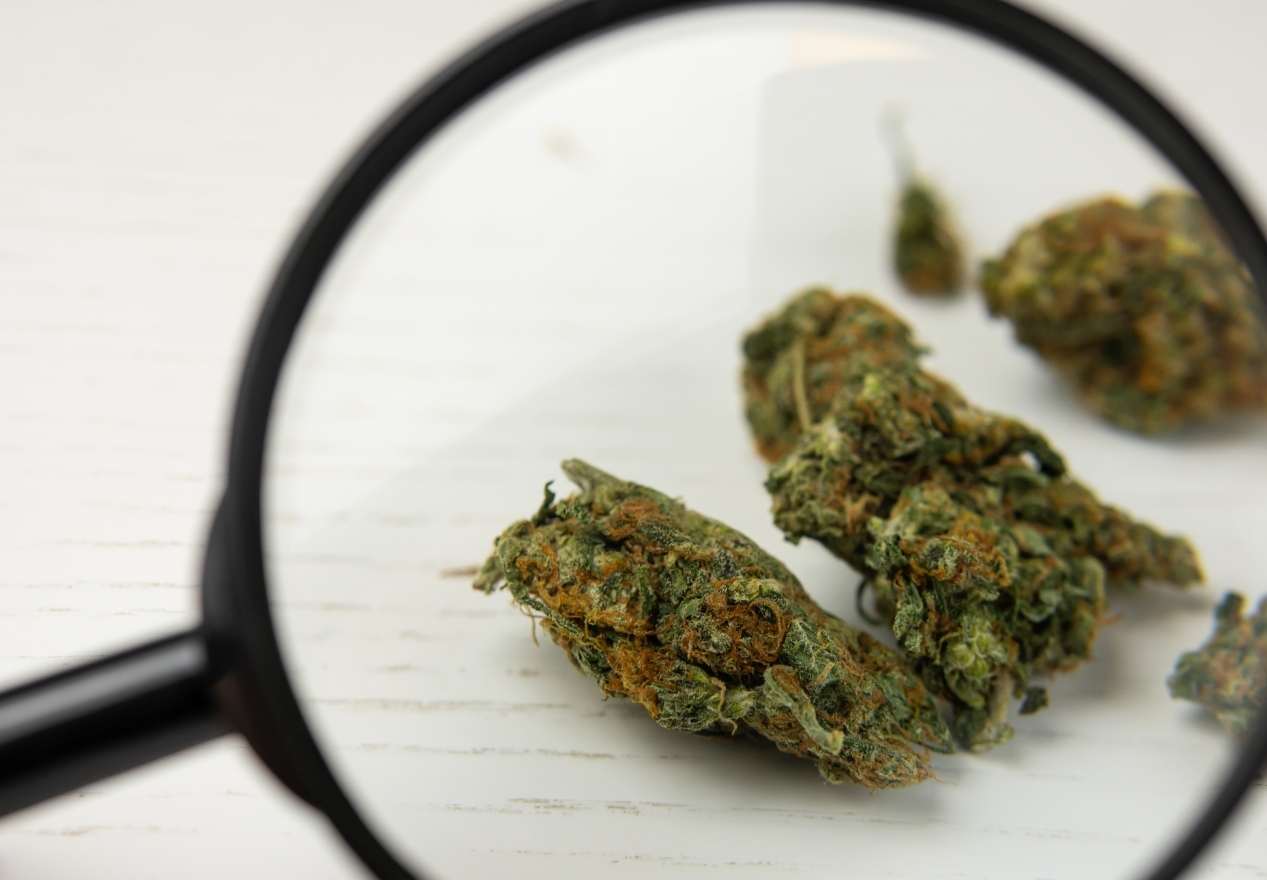Terpenes are all around us—in fact, you’ve probably come into contact with some terpenes before reading this article. That’s because terpenes are found in all plants and even some animals.
Terpenes are natural molecules that give off taste and flavor. However, terpenes have become really popular because of cannabis.
That’s because scientists have discovered that terpenes can do more than just smell and taste good. If you’d like to find out all about terpenes and what they do, then continue reading below.
Terpenes Are In (Almost) Everything
If you’ve ever enjoyed the scent of a pine forest or an orange peel, what you’re smelling is terpenes. Every sip of lavender tea or a bite of black peppercorn is a taste of terpenes too.
We could go on with a million examples, but it’s safe to say that terpenes are everywhere. Not just in plants, but in many of our household items too.
We need to remember that natural oils from plants are just a combination of terpenes. Those terpenes are extracted and then used in everything from dish soap to makeup.
Terpenes are even used in food as an additive. If you’ve had any tasty treat with natural flavors, most likely what you’re tasting is terpenes.
Terpenes and Cannabis
Terpenes have become popular because of their association with cannabis. After all, if you’ve ever wondered why cannabis can taste and smell so vibrant, it’s because of terpenes.
As you may have noticed, some strains taste more citrusy while others are more woody or gassy. That’s because there are over 100 different terpenes that have been discovered in cannabis so far.
We need to remember that the smell and taste of any cannabis strain are from a combination of terpenes. You’re probably never smelling anyone terpene at a time.
On top of that, the amount of one type of terpene is important too. For example, if a strain smells strongly of lemons or citrus, then it likely has a lot of limonene.
The exciting thing is, each strain has a unique combination and number of terpenes, which is called the terpene profile.
However, the most groundbreaking thing about terpenes is that they can change the way a high feels.
The Entourage Effect
If you’ve ever wondered why different strains have so many different effects, it’s because of the entourage effect. The entourage effect is a theory that says all the compounds in cannabis can work together to change the way a high feels.
Remember, the cannabis plant produces hundreds of natural compounds. However, the most abundant compounds are cannabinoids and terpenes.
If we break down most cannabis strains, they mostly have cannabinoids like THC and CBD.
Then, there are other cannabinoids like THCV, CBC, CBG, and so on. Next, we need to think that there are many different types of terpenes like myrcene, limonene, linalool, and much more.
So if you look at each compound, every single one of them is doing something to your body. THC is making you feel high, while CBD is soothing your muscles.
It’s the same thing with terpenes. For example, myrcene has calming and anti-inflammatory effects. So a cannabis strain with a lot of myrcene will make you feel more calm and relaxed.
On top of that, terpenes can work together with cannabinoids and even each other. Some studies have shown that cannabinoids and terpenes are more effective when they work together instead of alone.
That’s why it’s called the entourage effect—basically, the more the merrier.
What Are the Most Common Terpenes in Cannabis?
So now that we know what terpenes are and what they can do, we need to introduce the ones you’ll see the most.
Myrcene
The most common terpene you’ll see in any terpene profile is myrcene. Myrcene is interesting because it has a very complex taste and smell.
Myrcene’s fragrance is earthy, musky, and smells a lot like cloves. However, its flavor is much different and has a softly sweet and even tropical taste.
Besides being delicious, scientists have discovered that myrcene may reduce pain and inflammation.
Limonene
You can probably guess from its name, but limonene smells like lemons, oranges, or other citrus fruit. Even its taste is sweet and delicious.
Behind limonene’s incredible flavor and aroma is a therapeutic compound. Scientists think limonene can reduce oxidants, stop stomach ulcers, and even fight against cancer.
Caryophyllene
Caryophyllene is known as the dietary cannabinoid. That’s because caryophyllene is found in many spices, and it can act like cannabinoids.
Without going into too much detail, caryophyllene can use the same system that cannabinoids like THC and CBD use.
So far, scientists have found that caryophyllene can reduce pain, inflammation, cancer, and even fight against harmful bacteria. On top of that, caryophyllene has a fantastic aroma and flavor.
Caryophyllene both smells and tastes a bit spicy, woody, warm, or even funky.
Linalool
Linalool is natural to lavender, mint, and cinnamon. In cannabis, linalool gives off a flowery scent and tastes a bit citrusy and sweet.
The most exciting thing about linalool is that it may be able to help against anxiety. Researchers have discovered that linalool can reduce anxiety, depression, and even inflammation.
Find Your Favorite Terpenes
As we mentioned before, there are many different terpenes discovered in cannabis. We’ve only touched on a few among a vast range of terps.
However, if you’re interested in finding your favorite terpene, then you’ll need to head down to your local dispensary. Once there, look for strains that have been terpene tested.
That means that you can see the terpene profile of the strain you’re interested in. Usually, it’ll show you the most abundant terpenes in the strain.
Now you can start comparing one strain to another using terps to guide you. Try one with a lot of linalool for more relaxation or another with caryophyllene for added pain relief.
Once you find your favorite terpenes, you’ll know which strain is right for you every time you walk into a dispensary.





No Comments